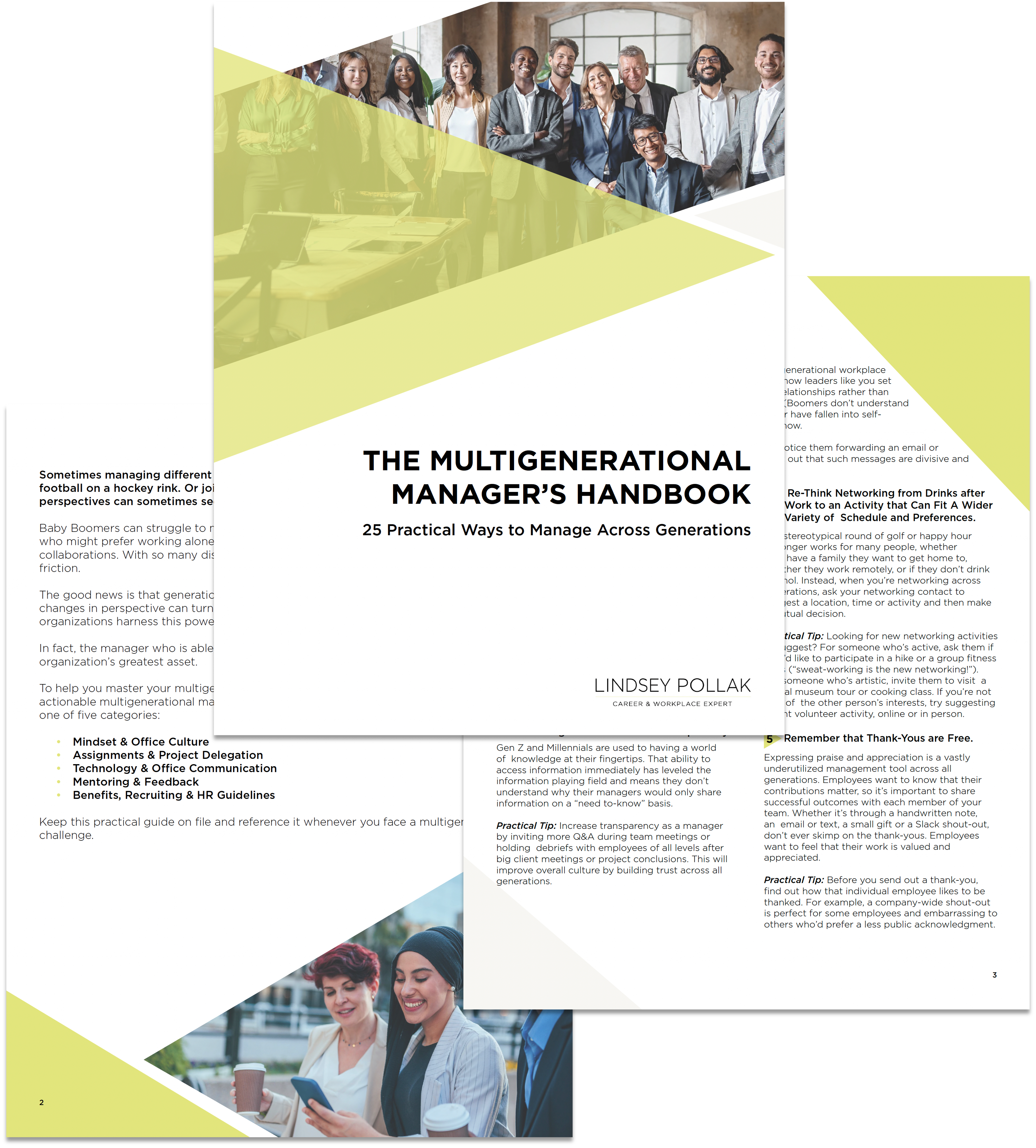Are you a remote worker who conducts business from home or a co-working space? This post is for you.
Over the past fifty years, the U.S. has seen a massive demographic shift from rural areas to cities. This means many states have populations that are dwindling and rapidly aging. Some geographic regions are not able to wait for individual employers to attract people – particularly Millennials and Gen Zs.
Several areas of the U.S. are so desperate for employees, particularly young people, to fulfill their workforce needs that they are offering cash to attract a more age-diverse workforce and tax base.
In my book The Remix, I describe how the Legislature in Vermont, currently the fastest-aging state in the US, passed a bill to pay people $10,000 to move there and work remotely. You can receive the full grant over the course of two years, and although you still have to receive a W-2 from an employer, this is a pretty generous offer.
But maybe Vermont isn’t your style. That’s OK! Here’s a list of three other areas that will subsidize, reimburse, or otherwise financially support you working in their region.
Tulsa, Oklahoma
Most professionals probably don’t tell their colleagues, “It’s my dream to move to the second largest city in Oklahoma!”
But would you do it for $10,000? The city of Tulsa is offering grants for remote workers to relocate to the area.
According to MarketWatch, “Each $10,000 grant comes in the form of $2,500 to be put towards relocation expenses, a $500 per month stipend, and $1,500 at the end of a 12-month program.” My favorite detail: you also get a free membership to a local co-working space.
One rule is that you must remain in Tulsa for at least 12 months. Some big city folk might hesitate, but don’t put down Tulsa too soon. It’s a mid-size city closing in on half a million people with a growing food and drink scene. Mohawk Park is one of the largest city parks in the United States. Plus, Tulsa hosts the Philbrook Museum of Art, a museum located in an Italian villa once owned by a local oil baron.
Intrigued? Maybe it’s time to check out Tulsa.
Harmony, Minnesota
This city leans into the “remote” nature of remote work. Harmony recorded just over 1,000 people in the 2010 election. But if you’re looking to run your freelance business from a nice, quiet country retreat, this might be the incentive for you.
Specifically, Harmony is offering $5,000 to $12,000 homebuilder rebates.
According to the town’s website, “In order to spur new construction and community growth, the Harmony Economic Development Authority (EDA) was authorized by the city council to provide a cash rebate incenting new homes in Harmony. The EDA will provide those building a new home a cash rebate ranging from $5,000 to $12,000” (harmony.mn.us).
When I researched activities and lifestyle options in Harmony, I found it truly lives up to its name. Harmony boasts a robust Amish tour industry. And ExploreHarmony.com mentions they have one of the top ten caves in the country. Quaint!
Alaska
Breathtaking scenery, unique culture, and the 7th highest per capita personal income might entice you to move up north to Alaska. You only have to endure the long, dark winters. But people have been doing that for thousands of years.
And did I mention the Alaska Permanent Fund?
If you qualify as an Alaska resident, you could receive a sizable check just for living there. This year’s Alaska’s Permanent Fund Dividend for 2019 is $1606. To put it in perspective, if you lived in Alaska since 1982, you would have made $44,427.41. That’s not enough money to live for 37 years, but it’s nothing to sneeze at.
How does it work?
According to the Anchorage Daily News, “The annual check this year will be delivered to 631,000 Alaskans, most of the state population, and come largely from earnings of the state’s $64 billion fund that for decades has been seeded with income from oil-production revenue.”
What does this mean for a remote worker? In theory, you could use your dividend to pay for a year’s worth of Wi-Fi, a daily cup of coffee, plus vitamin D pills for the winter. That covers much of your business overhead already.
More incentives to come
Remote work grew by 4.4% nationally from 2016 to 2017. With this steady rise in popularity, we will likely see more and more states and cities provide incentives like the ones I listed above. Combine this with a Millennial desire for more local establishments, shorter commutes, and lower cost of living, and many struggling, out-of-the-way cities could see meaningful revitalization.
